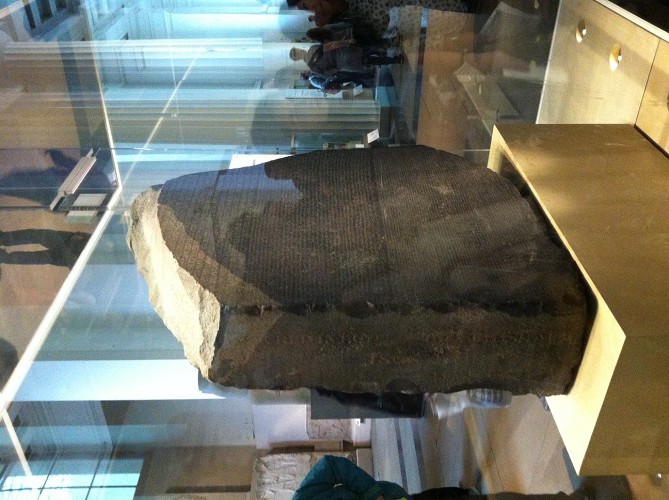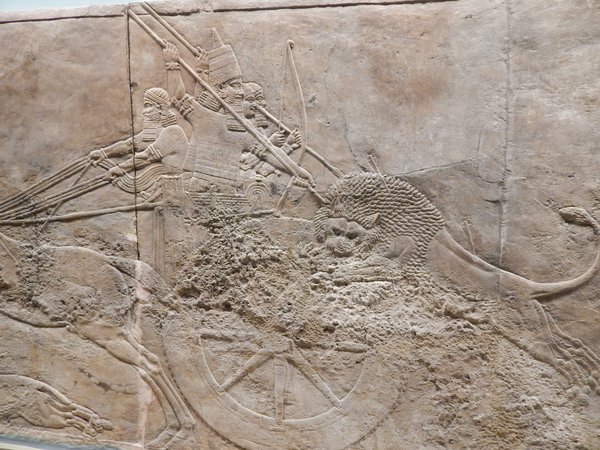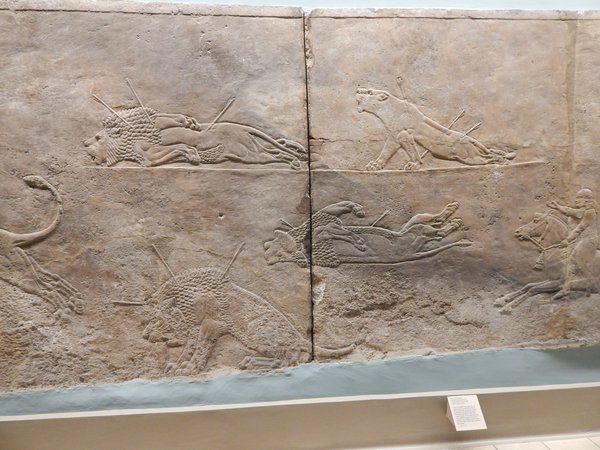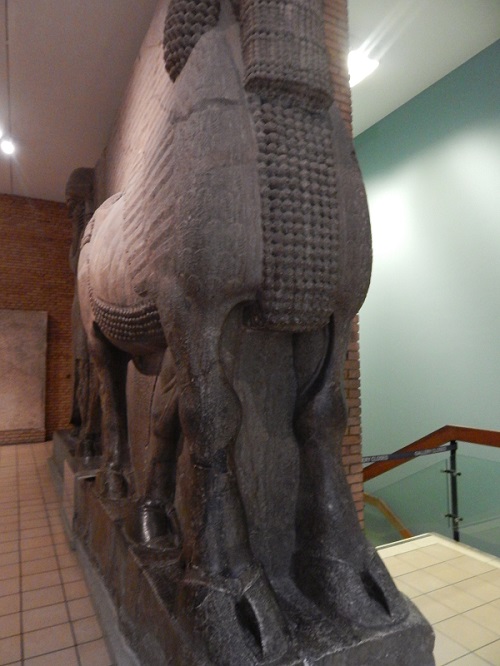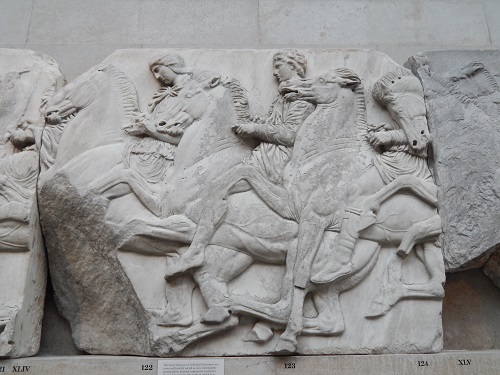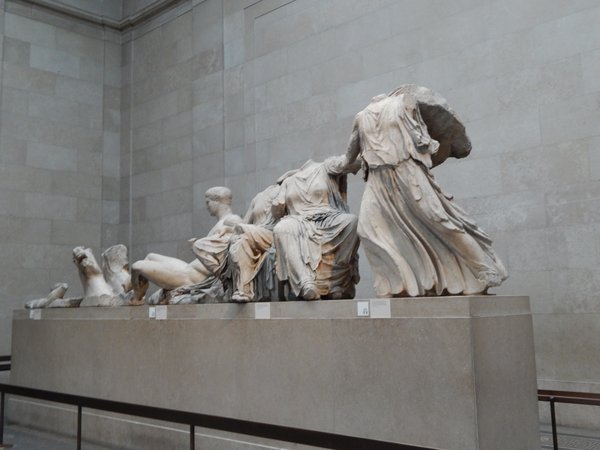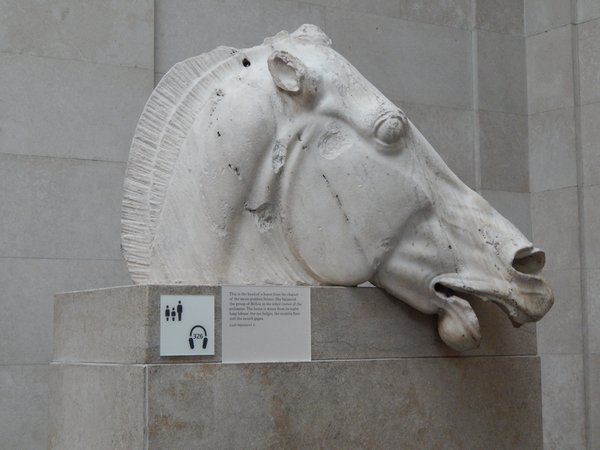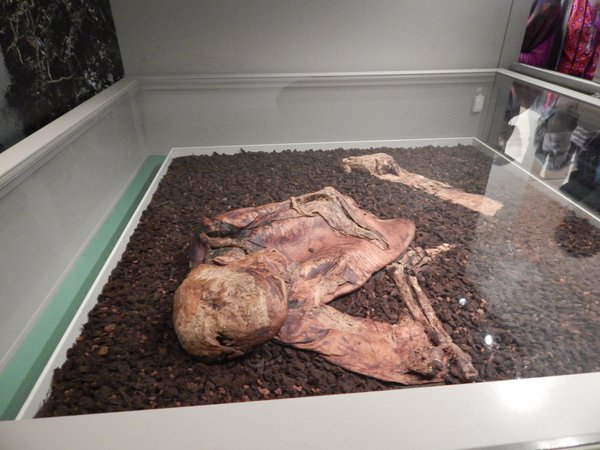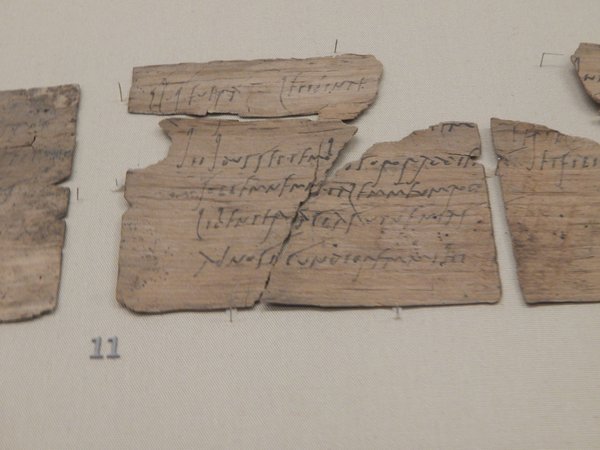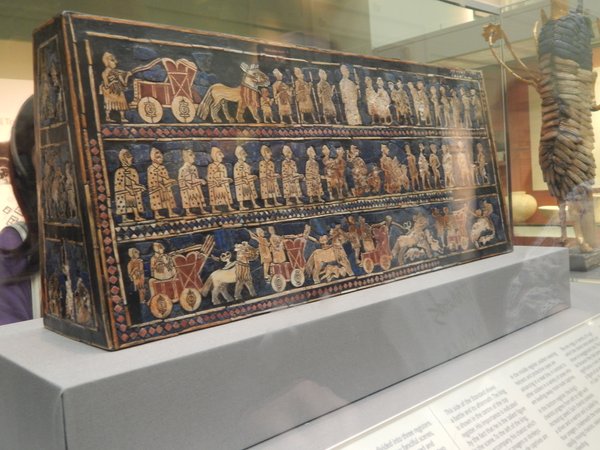Sometimes there are things on my to-do list that I could do now, but don’t need to do now, so I put them off. That’s what happened to me last night. I was sitting on the couch in my pajamas watching a Swedish TV show on Netflix when I thought to myself, “write Tourist Tuesday.” But I was tired and I thought, “that’s a problem for future Mariel.” Future Mariel, now present Mariel, is feeling guilty that past Mariel is lazy. So I’m posting late, but I hope you’ll still enjoy these photos from the British Museum. I went a few weeks ago, before I started my new job, when I had all the time in the world.
Anyway, one of the last things I did before starting my job was go to the British Museum. I had been there before, but this last time I went on a tour with London Walks. If you live in London, or are just visiting, I highly recommend doing a walk with them. You’ll get to see nooks and crannies in the city that are hiding in plain sight. They tell you amazing stories and some of the guides are hilarious.
For the tour of the British Museum the guide picks their favorite highlights to show to the group. My guide, Chris, is into the Classics so that’s mostly what we saw. I liked her. She said that she thinks museums are places to visit little and often (meaning regularly and for short bursts). I completely agree. It allows you to enjoy yourself, see what you’re in the mood for, and not feel pressured to see it all. Below are my highlights of her highlights. The museum has way way way more to see.
During the tour she showed us lovely reliefs from the North Palace in Ninevah, a city in Mesopotamia. The reliefs show a lion hunt, which was apparently only something the king could do. You can pick out the king because he is more ornate than the others. These are awesome because they are so detailed but in such low relief (compare them to photos of Acropolis reliefs below). How can you have so much detail and be so subtle?! Also, I love how expressive the lions look. They look natural and dramatic all at once. It’s so impressive.
On the way to the Parthenon marbles we saw this statue, which would have been outside an entrance. I don’t remember what culture it’s from, so I’m sorry. Anyway it’s cool because from the front the animal would look normal, you’d see just two legs. From the side it looks normal, because it has four legs. But from diagonal, the animal has six legs!
Chris handled discussing the Parthenon marbles so well! She talked about where they came from and the controversy about having them and returning them. She talked about Elgin honestly, and acknowledged some shadiness but also didn’t vilify him. And for me, that makes sense. He did some clearly wrong things but he was a product of his time and probably not pure evil. (Side note: if you’re interested in learning more, read Loot. It talks about all kinds of repatriation issues, including the Parthenon, and it will make your brain confused and thoughtful in the best way possible.)
But the best part for me, was that she didn’t let the issues of provenance and repatriation overshadow the beauty of the marbles and the stories they tell. Because look at them! This is what I was talking about before with the deeper relief.
These marbles below come from a triangular pediment (triangle part on the top) on the Parthenon. These sculptures show the birth of Athena, who is said to have sprung fully formed from Zeus’ head. You can see in the body language of the women, that they’re a little bit like, “whoa! What just happened?”
The horse would have been in the corner opposite the women. I love that it hangs over the side a bit and comes out at the viewer. I also love how the sculptor really used all the available space to great effective. This horse is either the sun going down or the moon going down, I feel bad I can’t remember which, but that’s why you can only see part of him. So lovely.
This sculpture below is near the Parthenon marbles. It was outside a tomb in Halikarnassos and the sculpture is largely believed to be Mausolus, who was the king. Chris told us his tomb was so large that it was called a mausoleum – and that’s where we get that word today. Cool right?!
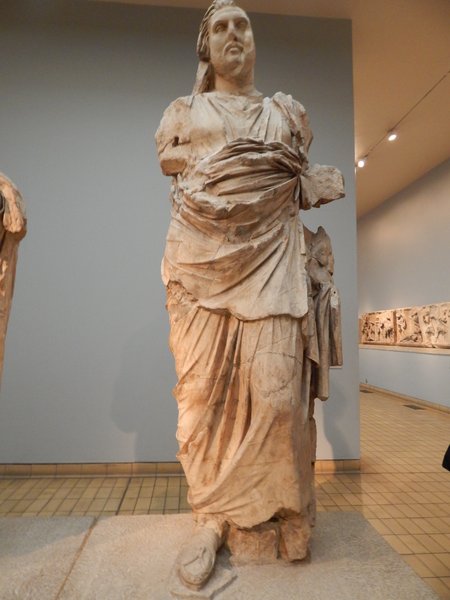
If you are squeamish, keep scrolling. If you’re curious, stay with me. Below is Lindow Man. He was found in 1984 in England, but dating shows that he died between 2 BC and AD 119. (Interesting fact #1). This means he was alive when the Romans were in England! The body was found in a peat bog, which is a acidic, oxygen-free environment which allowed so much skin, hair and many of his internal organs to be preserved. (interesting fact #2). Scientists also have a good idea of his age, the work he did, and how he died. It’s incredible.
These photos below also show objects dating from Roman times in Britain. They come from a fort called Vindolanda and are the oldest handwritten documents from this region. What makes them cool is that they are so normal! These letters include invitations to a birthday party and a mom sending socks to her son to keep him warm in the winter. It’s so cool how things can be the same across so much time.
And just to end on something beautiful, here is a picture of a beautiful Sumerian artifact.

